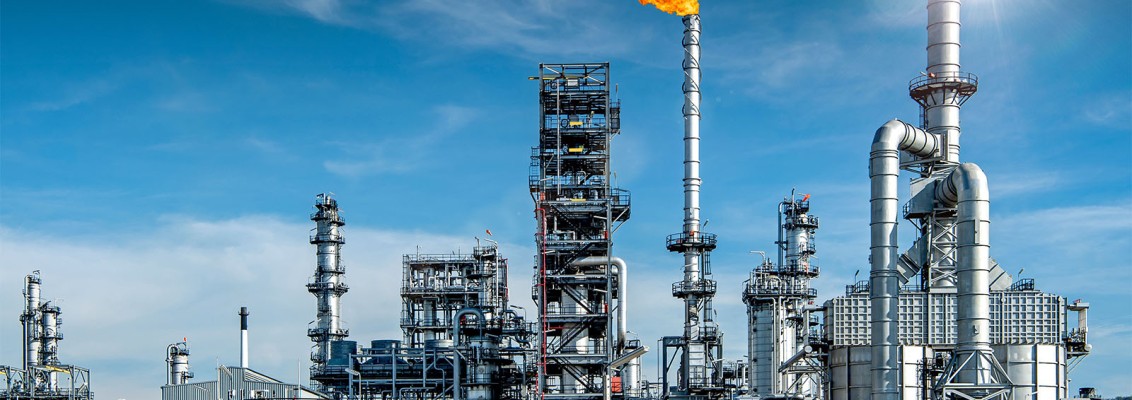Challenges of the Oil and Gas Industry in Mexico

Outlook and strategies for a changing market
- Mexico's oil and gas industry faces significant challenges.
- Adaptation to market changes is crucial.
- Technological innovation and sustainability are key pillars.
The Mexican oil and gas industry, a fundamental pillar of the national economy, faces a complex and dynamic landscape. From fluctuating international prices to the imperative of energy transition, companies in this sector must navigate a series of challenges that demand strategic adaptation and a clear vision for the future.

Context of the Mexican Industry
Historical Importance
Historically, oil has been the engine of Mexico's economic development, providing significant resources for public spending and driving industrialization. PEMEX, as the state-owned oil company, has played a central role in this process.
Regulatory Framework
The energy reforms of recent decades have opened the sector to greater private participation, seeking to boost investment and efficiency. This has generated a more competitive environment, but also new regulatory complexities.
Main Challenges
1. Production Decline and Reserves
One of the most pressing challenges is the decline in crude oil production in mature fields and the decrease in proven reserves. This situation demands significant investment in exploration and production in new, more complex areas.
2. Price Volatility
The high volatility of international oil and gas prices directly impacts the profitability of projects and investment decisions. Companies must develop robust financial strategies to mitigate these risks.
3. Infrastructure and Logistics
Despite efforts, there are still significant deficiencies in transportation, storage, and distribution infrastructure, especially for natural gas. This affects efficiency and increases operating costs.
4. Energy Transition and Sustainability
The global push towards cleaner energies exerts pressure to reduce the carbon footprint and diversify the energy matrix. This implies adapting operations and investing in more sustainable technologies.
5. Social and Environmental Issues
The industry often faces community resistance and demands for greater environmental protection. Companies must establish transparent dialogue and sustainable practices to gain social license to operate.
Strategies and Outlook
1. Technological Innovation
The adoption of advanced technologies, such as artificial intelligence, big data, and automation, is crucial to optimize exploration, production, and refining processes, as well as to improve operational efficiency.
2. Diversification of the Energy Matrix
Investing in renewable energy projects and cleaner technologies, such as green hydrogen, will allow companies to diversify their portfolios and align with global energy transition goals.
3. Strategic Alliances
Collaboration between state-owned companies, private companies, and international investors can facilitate access to capital, technology, and specialized knowledge, essential to facing large-scale projects.
4. Regulatory Adaptation
Flexibility and clarity in the regulatory framework are essential to attract and retain investment. A stable and predictable legal environment is key to long-term planning.
5. Sustainable and Responsible Management
Implementing strict environmental, social, and corporate governance (ESG) standards will not only improve the industry's image but also ensure long-term viability and competitiveness.
Conclusion
The Mexican oil and gas industry is at a crossroads. While challenges are significant, strategic adaptation, technological innovation, and a commitment to sustainability can transform these obstacles into opportunities for growth and resilience. The future of the industry in Mexico will depend on its ability to evolve and integrate into a global energy landscape that is increasingly demanding and focused on sustainability.
